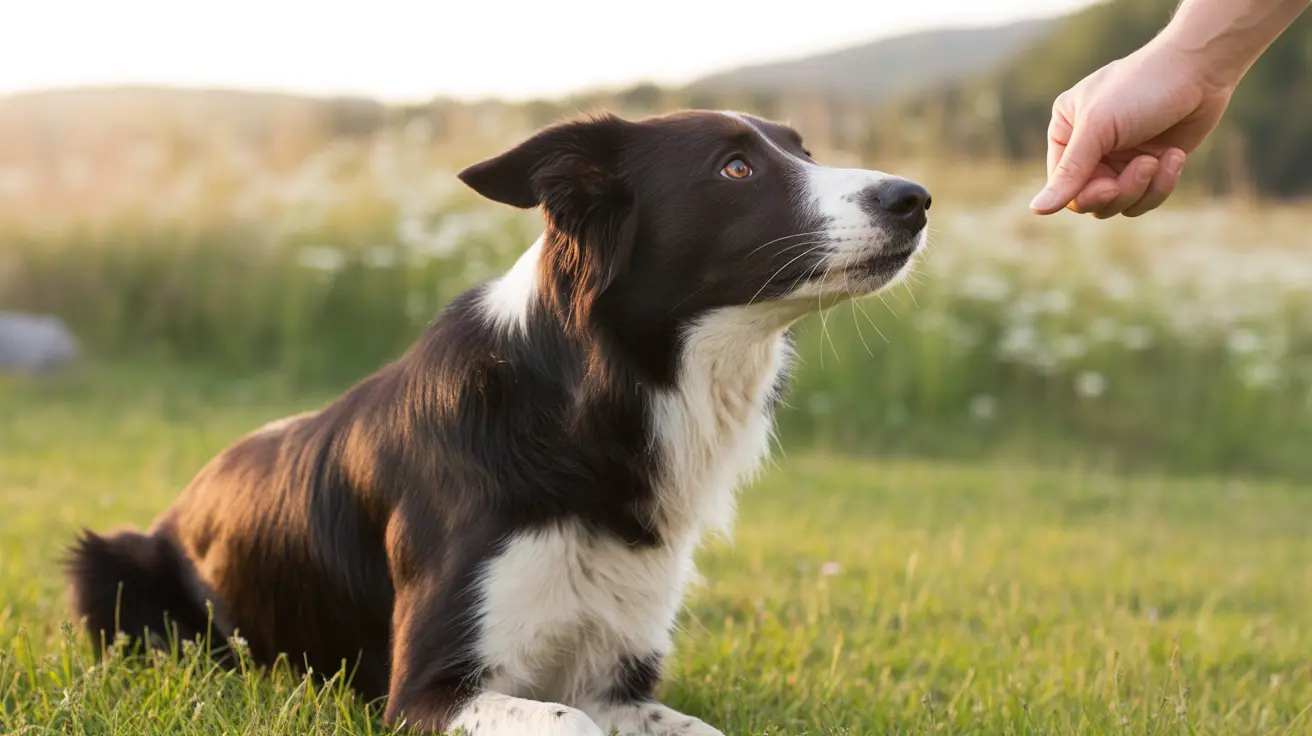How to Safely Travel with Your Dog: A Complete Guide
Whether you're traveling by car, plane, train, or even internationally, ensuring your dog’s safety and comfort is essential. Traveling with your pet may seem overwhelming, but with proper planning and safety measures, it can be a pleasant and worry-free experience.
Traveling by Car
Most people travel with their dogs by car, but many overlook safety:
- Use a Harness or Carrier: Dogs should always be secured using a crash-tested harness attached to a seatbelt or placed in a carrier secured with a seatbelt. In an accident, an unrestrained 50-pound dog can be thrown forward with an impact force of up to 2,000 pounds in a 25-mph crash.
- No Heads Out the Window: Although dogs love this, it exposes them to flying debris which can cause serious eye injuries and ear infections due to extended flapping in the wind.
- Frequent Breaks: Stop every few hours to let your dog stretch, relieve themselves, and drink water. Always carry a leash to avoid incidents.
- Prepare a Travel Kit: Pack essentials like food, water, a collapsible bowl, comforts like their blanket or toy, and cleaning supplies like poop bags and paper towels.
- Never Leave Pets in Parked Cars: Even in mild weather, the internal temperature of a car can rise quickly, putting your dog at risk for deadly heatstroke.
Air Travel with Dogs
A more complex option, flying with your dog requires careful preparation:
- Check Airline Policies: Not all carriers accept pets in the cabin, and most have strict carrier dimensions, weight limits, breed restrictions (especially brachycephalic breeds), and required documentation.
- Prefer Cabin Over Cargo: Avoid the cargo hold whenever possible due to poor ventilation, temperature swings, and improper handling. If necessary, book direct flights and notify airline personnel that a pet is onboard.
- Vet Visit and Documentation: Before flying, visit your vet for a health check and ensure vaccinations are up to date. Carry medical records, ID tags, microchip info, photos, and any medication with you onboard.
- Carrier Familiarization: Acclimate your pet to their travel carrier ahead of time to decrease anxiety.
- Airport Security Tips: Keep your dog harnessed during security checks and consider asking for a private screening to avoid removing them in chaotic areas.
Train and Other Transport Options
- Train: Services like Amtrak allow small dogs aboard in carriers. Always verify size and weight limits before booking.
- Bus: Most buses only permit service animals, so plan alternative transportation accordingly.
- Cruise: Only select international cruise routes allow dogs and provide kennels. Research ship-specific pet policies in advance.
International Travel Considerations
- Plan in Advance: Requirements vary by country and could include health certificates from a USDA-accredited vet, microchip registration, rabies vaccinations, and quarantine mandates.
- Re-entry to the U.S.: Make sure your dog meets CDC re-entry standards, including valid rabies certifications.
Travel Checklist
Before every trip, make a checklist to ensure peace of mind:
- Leash and properly fitted collar with updated ID tag
- Microchip registration with current contact info
- Vaccination records and vet contact details
- Comfort items: blanket, toy, or bed
- Food, treats, and portable water supply
- Recent photos of your dog
- Poop bags and cleaning products
- Travel-sized pet first-aid kit
Consult a Veterinarian
Some dogs suffer from motion sickness or anxiety. Your vet can recommend training strategies or temporary anxiety-reducing medications for car or plane travel.
Final Thoughts
Your pet’s safety should always come first. No matter the travel method, keep your dog secure, hydrated, and comfortable. Advance planning, proper equipment, and awareness of regulations ensure a calm and enjoyable journey for both you and your furry friend.





